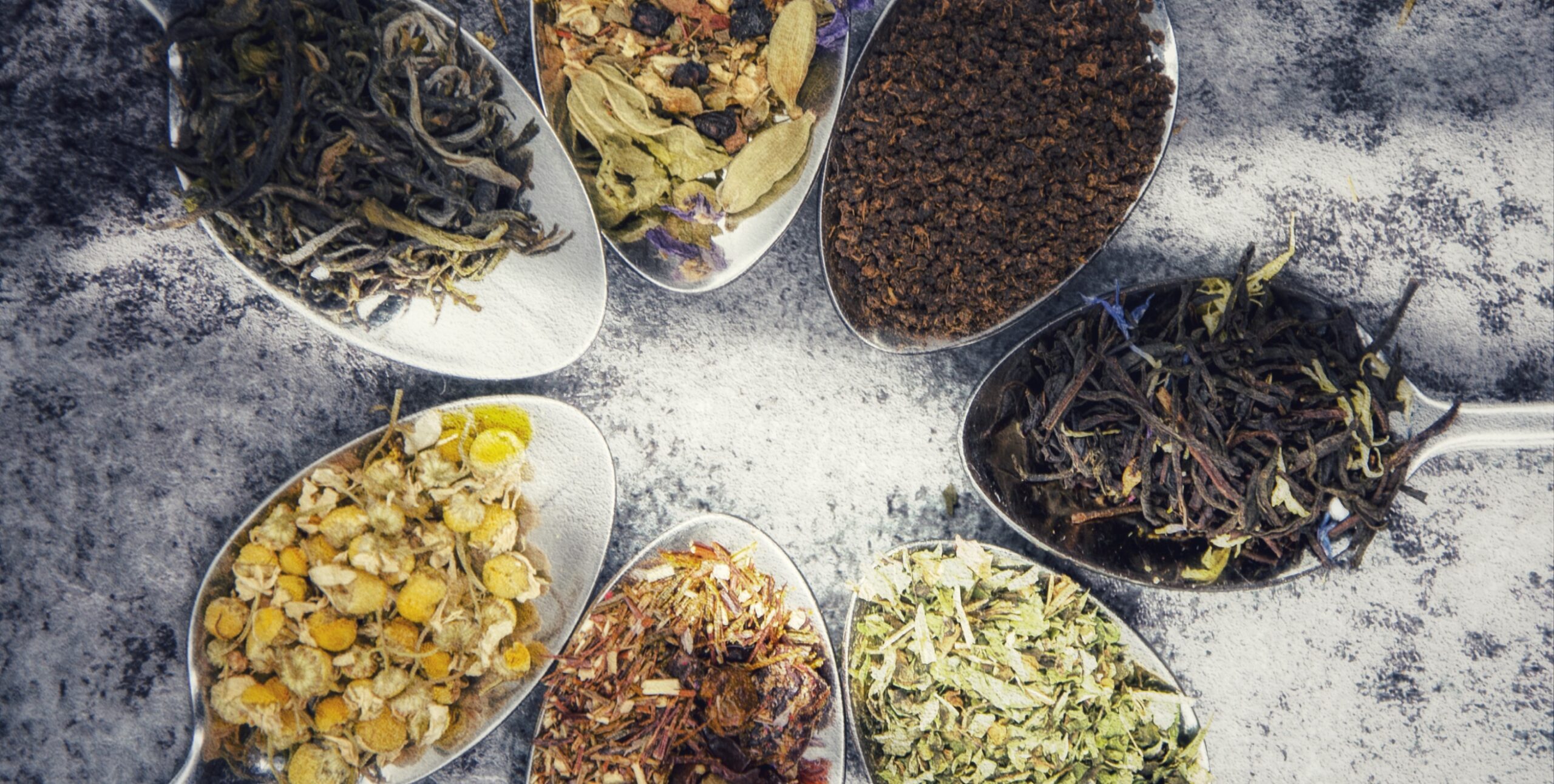Spring is the intermediate season between winter and summer.
The earth shifts its position such that its northern axis faces
the sun and as a result people living to the north of the equator experience longer days. Severity of winter diminishes and with it heralds a change in the environment. Animals come out of hibernation, snow begins to melt, the rivers brim with life once again, new plants spring forth, and flowers are in full bloom… Spring is symbolic of new life, growth and rejuvenation.
Ours is a land of six ritus (seasons). Vasanta Ritu, also known as Spring, ushers in on the fifth day of the bright phase of the month of magh, also known as the Vasanta Panchmi and continues to intoxicate us with its sweet smells and vibrant colours till the month of chaitra. Vasanta Panchami is celebrated as the day of Goddess Saraswati, the goddess of wisdom, knowledge and creativity. Though normally depicted in a white sari, on Vasanta Panchami, Goddess Saraswati is adorned in saffron clothes, symbolic of the brightness, warmth and radiance associated with spring. Vasanta Panchami also heralds the season of love; and the Hindu God of Love, Kamadeva and his companion Rati are also worshipped on this occasion. Thus it is an auspicious time for weddings and new ventures.
A change in season naturally demands a change in lifestyle. As the seasonal metamorphosis takes place, the body too adapts and undergoes changes. Seasonal transitions enable the body to eliminate toxins, cleanse and rejuvenate. Winter is a predominantly cold and damp season, which causes kapha dosha (earth and water elements) to accumulate in the body. With the onset of spring, the accumulated kapha starts melting from the tissues into the blood, making it sweet. This rich blood can clog circulation. Thus one needs to make changes in diet to reduce the effect of kapha and enable the cleaning and elimination process.
Ayurveda recommends foods that are bitter (herbs such as dandelion and greens like arugula), spicy (fresh ginger tea) and astringent (pulses) in nature since they open the elimination channel and aid in the cleansing process. Turmeric aids in detoxification since it restores blood circulation, cleanses the liver and reignites metabolism. Triphala is another cleansing herb that keeps the bowels clear. Drying grains like corn, quinoa, barley and millet should be favoured. Sweet, sour and salty foods should be avoided since they are kapha aggravating and can cause water retention.
Colds and allergies are common in spring. Fresh ginger tea with raw honey is an excellent combatant. Honey aids in reducing the kapha because of its heating, drying and clearing properties. Jal neti is also advisable to clear mucous which can prevent colds and spring hay fever. This is also the right time to administer Panchakarma Therapy for cleansing, under the guidance of an ayurvedic expert (explained in detail in the book, Sanatan Kriya – The Ageless Dimension).
These simple dietary changes for the spring season will leave you refreshed, rejuvenated and full of vitality and vigour!
Image: freeimages.com





